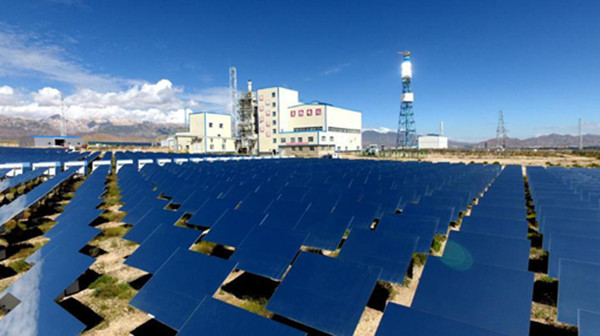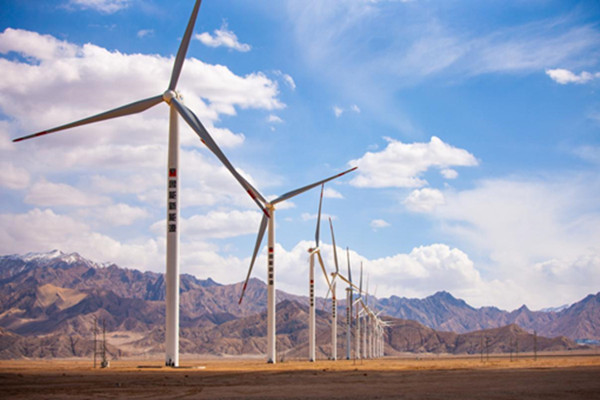Total installed power capacity in Qinghai Province was 40.3 million kilowatts by the end of 2020, more than 90 percent of which was produced by clean energy.
Just over 24 million kW were generated by solar, wind and biomass power, and 11.93 million kW were produced by water.
With an installed capacity of 15.8 million kW, photovoltaic power generation exceeded that sourced from hydropower, becoming the largest electricity source in Qinghai.
Cradle of the source of Three Rivers, namely the Yangtze, Yellow and Lancang rivers, Qinghai is home to rich water, wind and solar power.
The province has completed two national renewable energy demonstrative bases with an output of 10 million kW in the Haixi Mongolian-Tibetan and Hainan Tibetan autonomous prefectures.
The±800kV Qinghai-Henan ultra-high voltage (UHV) direct current (DC) power transmission project, the world's first for long distance clean energy transmission, went into operation on Dec 30, 2020.
It is expected to support development of pillar and green industries and poverty alleviation in Qinghai.
Power output generated by clean energy in Qinghai in 2020 was 84.7 billion kWh, equaling that produced by burning 38.11 million tons of coal. Use of clean energy meant elimination of 62.68 million tons of carbon dioxide.

A view of the solar-thermal power station in Haixi Mongolian-Tibetan Autonomous Prefecture [Photo/sasac.gov.cn]

A multi-energy complement wind farm in Qinghai Province [Photo/sasac.gov.cn]
(Executive editor: Wang Ruoting)